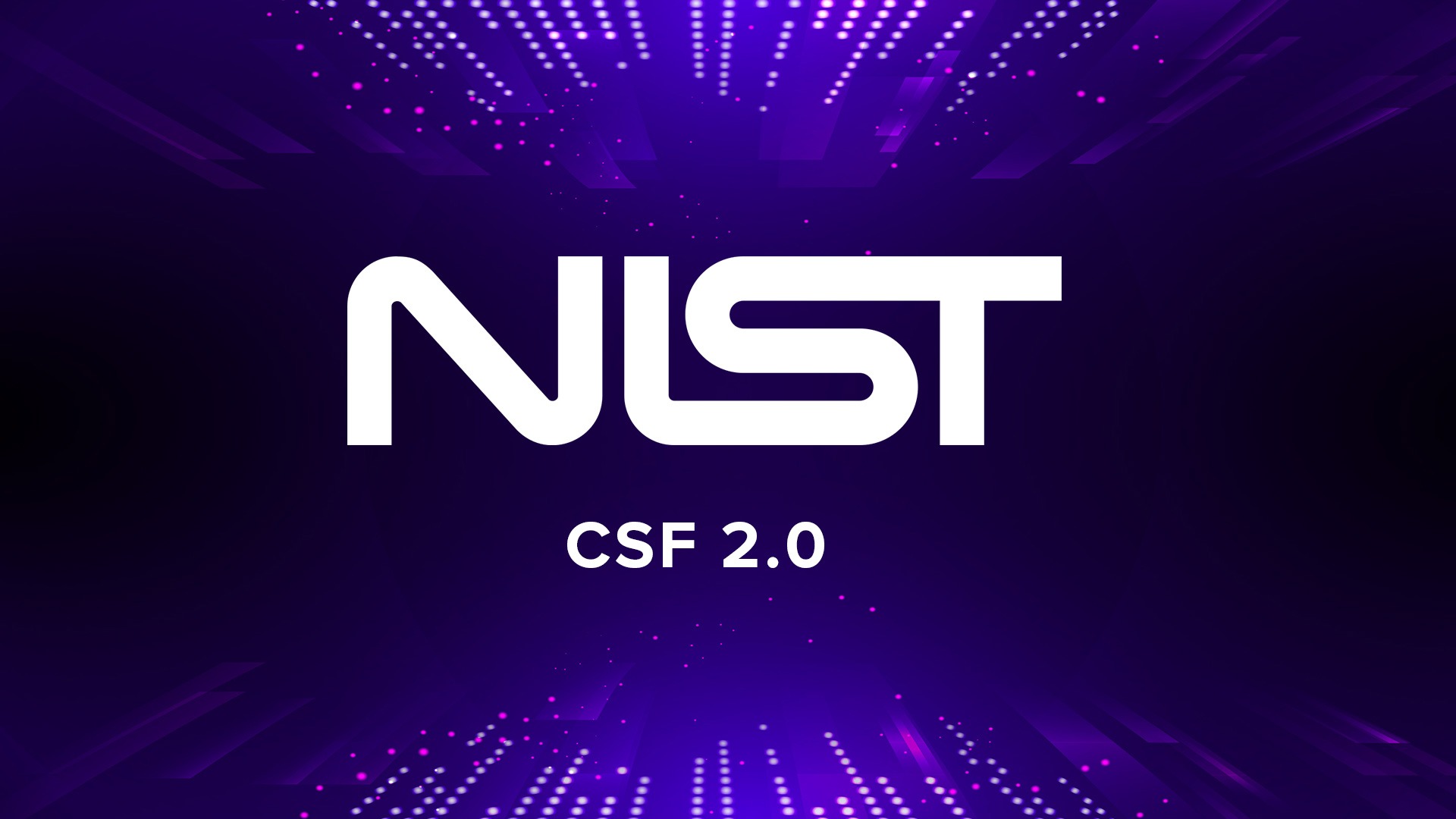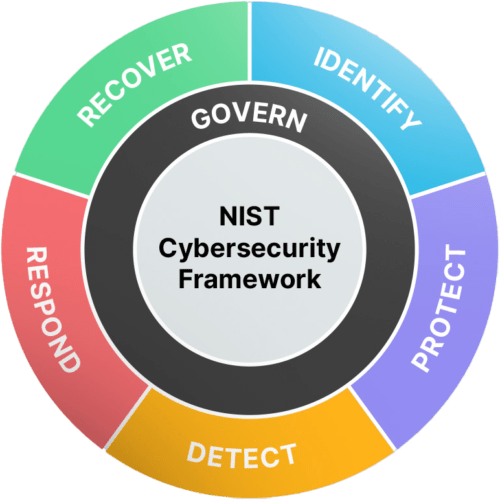A cornucopia of infosec insights to chew on these Holidays. In this episode, we carve up concerns around increased specialization and silos forming between red, SecOps, and compliance teams. How can we foster collaboration across the table? What creative recipes can blend different tools into a unified platform? And how can enterprises and SMBs alike ensure all voices are heard before the tryptophan kicks in?
Please pull up a chair and fill your plate with our expert insights from Mark Holtz (Software Engineering at Socotra) and Jeremy Embalabala (CISO at Hub International Limited).
Continue reading



